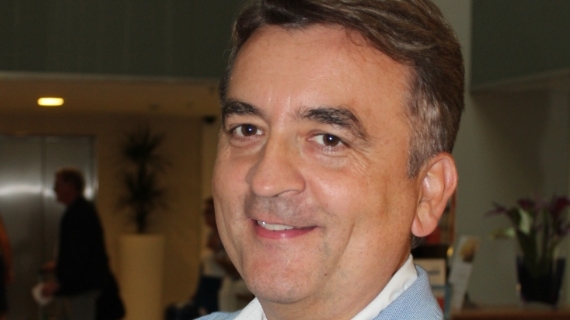Hrvoje Brkić
Dental age assessment at the reconstruction of post mortem profile in unidentified cadaver: guidelines in forensic dentistry

- He introduced Forensic Dentistry in higher education at the University of Zagreb in 1997
- Until today he has been mananig several Croatian scientific projects as well as two international projects financed by the EU
- Since 2003 he has been the vice dean of the School of Dental Medicine, and from 2012 to 2018 he has been Dean
- Hrvoje Brkic has actively participated at numerous international conferences and he has published more than 250 scientific and professional publications, books, and book chapters
- He is also a member of several international editorial boards and science 2006 he has been the editor-in-chief of the journal Acta stomatologica Croatica
- In 2017, he was elected President of the International Organization of Forensic Odonto-Stomatology (IOFOS)
- He received the State awards for science in the Republic of Croatia in 2012
Nationality: Croatia
Scientific areas: Forensic dentistry
5 of november, from 11h35 until 12h10
Auditorium C
Conference summary
In a forensic context, age, together within formation about name, nationality and sex can establish and verify identity. In recent years, the need for age estimation has escalated with an increase in migration, refugees, mass disasters and higher numbers of war victims.
Dental age related variables provide information based on changes in tooth morphology in adults and occur during tooth development in children and adolescents. This can be observed directly or microscopically in skeletal remains or in a clinical oral examination with or without medical imaging.
Determination of dental age can be performed during childhood, adolescence and in adults. Based on published numerous scientific studies, the best statistical significance of dental age was obtained in children, slightly less in teenagers, and determining the age in adults is quite demanding.
Atlas techniques, and dental maturation are useful to predict ageas it is more highly correlated with age than skeletal and somatic growth. Biological shange during aging is a continuous process, therefore, subtle changes are difficult to quantify and measure. Age assessment from changes in dental tissues (attrition, translucency periodontal recession, cementum annulations and secondary dentine) will provide a biological age that is related to chronological age in many cases.
This paper has been supported in part by the Croatian Science Foundation under the project (IP-2020-02-9423) AZUFAMA.